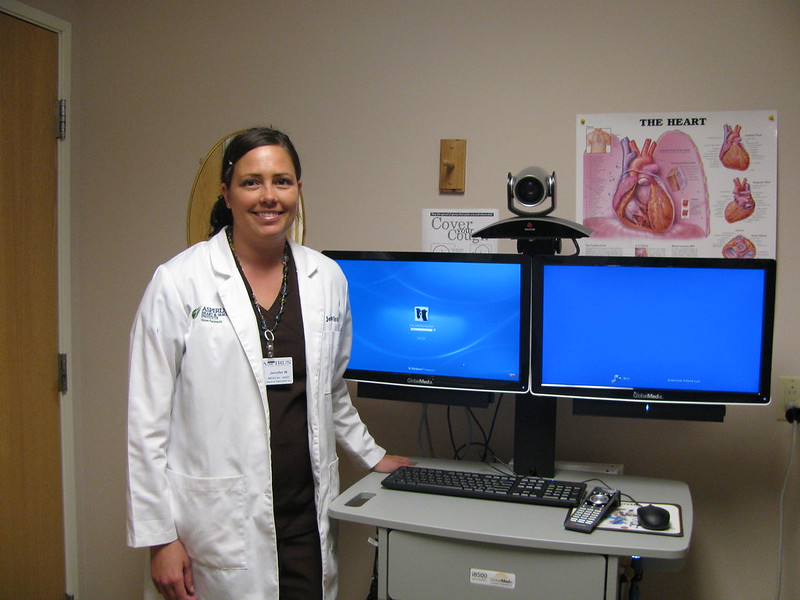Antiabortion politicians in states across the country are using the COVID-19 pandemic to block access to abortion—arguing abortion is not essential health care and supporting limitations in the interest of conserving personal protective equipment for COVID-19 cases.
Medical experts, however, are coming to the exact opposite conclusion.
The American College of Obstetricians and Gynecologists and seven other medical organizations issued a statement last week declaring that abortion is time-sensitive, essential health care and that lack of access may “profoundly impact a person’s life, health and well-being.”
In fact, physicians are calling for more and easier access to abortion, not less.
“The arguments attempting to close clinics based on conserving personal protective equipment (PPE) are not based in evidence. What we should be doing is expanding access to telemedicine provision of abortion during this pandemic,” said Dr. Daniel Grossman, an OB/GYN, abortion provider, and director of the University of California, San Francisco’s Advancing New Standards in Reproductive Health (ANSIRH).
What is Telemedicine Abortion?
Telemedicine abortion combines medication abortion—which uses pills to end a pregnancy—and telemedicine—which allows health providers to supervise the use of abortion pills via videoconferencing or telephone consultations.
Many people choose medication abortion because it is less invasive and more private than surgical abortion.

Approved by the FDA for use during the first 10 weeks of gestation, medication abortion uses two types of pills:
- mifepristone, which interrupts the flow of the hormone progesterone that sustains the pregnancy; and
- misoprostol, which causes contractions.
Misoprostol alone—which is 80-85 percent effective—or in combination with mifepristone—95 percent effective—is an extremely safe way to end a pregnancy in the first 12 weeks of gestation.
Millions of women around the world have successfully used abortion pills without the assistance of a clinician, which the World Health Organization has approved as safe for up to nine weeks of gestation.
As a result, the percentage of medication abortion has increased significantly since the FDA first approved medication abortion in 2000.
According to the Guttmacher Institute, medication abortion accounted for approximately 40 percent of all recorded abortions and 60 percent of abortions performed up to 10 weeks gestation in 2017. (The actual rate is likely higher because of the growing number of people who are self-managing their abortions using medication purchased on the internet or obtained in other ways.)
The growth of medication abortion has dovetailed with expansion of telehealth to provide new opportunities for pregnant people to access abortion in a safe and private way.
The Mayo Clinic defines telehealth as “the use of digital information and communication technologies, such as computers and mobile devices, to access health care services remotely and manage your health care.”
Telehealth makes health care more accessible to people who live in rural or isolated communities and to people with limited mobility, time or transportation options. Telehealth provides support for self-management of health care.

As abortion restrictions have increased over the last several years and harassment of women entering health clinics persists—even during the COVID-19 crisis—women are increasingly turning to medication abortion and telehealth to increase their safety and privacy when obtaining abortion care.
Organizations like SASS, Plan C and Aid Access provide pregnant people with medical counselors from outside the country to help them safely use abortion pills.
Policy Barriers to Telemedicine Abortions
Nevertheless, numerous policy barriers limit the reach of telehealth abortion, reports the Guttmacher Institute. Many states prohibit patient access to the abortion pill via telemedicine, despite its proven safety.
Eighteen states currently require the prescribing clinician to be physically present when prescribing the abortion pill. Thirty-three states require the clinician prescribing the abortion pill to be a physician. Neither of these requirements are necessary because the abortion pill is extremely safe and effective.
Another significant barrier to telemedicine abortion is that the FDA restricts the distribution of mifepristone.
“The FDA requires that mifepristone used for abortion be dispensed in a doctor’s office, clinic or hospital. It may not be mailed to a patient or dispensed on prescription from a pharmacy, ” said Grossman. “This restriction is not based on medical evidence.”
However, since 2016, the organization Gynuity has operated a research study on telemedicine abortion called TelAbortion, which allows clinicians participating in the study to provide medication abortion care by videoconference and mail without an in-person visit to the abortion provider.
The study is currently running in 13 states: Hawaii, Washington, Oregon, New Mexico, Colorado, Georgia, New York, Maine, Iowa, Minnesota, Illinois, Maryland and Montana.
In order to receive care, the patient must be in one of these 13 states during the videoconference and must have a mailing address in that state so the provider can mail the medications.
The patient has screening tests as needed with nearby health care providers, then a videoconference with the abortion provider. If the patient is eligible for medication abortion, the provider sends mifepristone and misoprostol with instructions by mail.
Follow-up is done remotely by phone with local or home tests. This study has shown telemedicine abortion is safe and effective.
So instead of restricting access to abortion, we should be expanding access to telemedicine abortion.
“During the pandemic, it would be possible to provide medication abortion through 11 weeks of pregnancy without an in-person visit and by mailing pills to a patient,” said Grossman. “This would reduce the patient and clinician’s risk of acquiring the virus and not a single piece of PPE would be used.”
The coronavirus pandemic and the response by federal, state and local authorities is fast-moving.
During this time, Ms. is keeping a focus on aspects of the crisis—especially as it impacts women and their families—often not reported by mainstream media.
If you found this article helpful, please consider supporting our independent reporting and truth-telling for as little as $5 per month.
You may also like:





